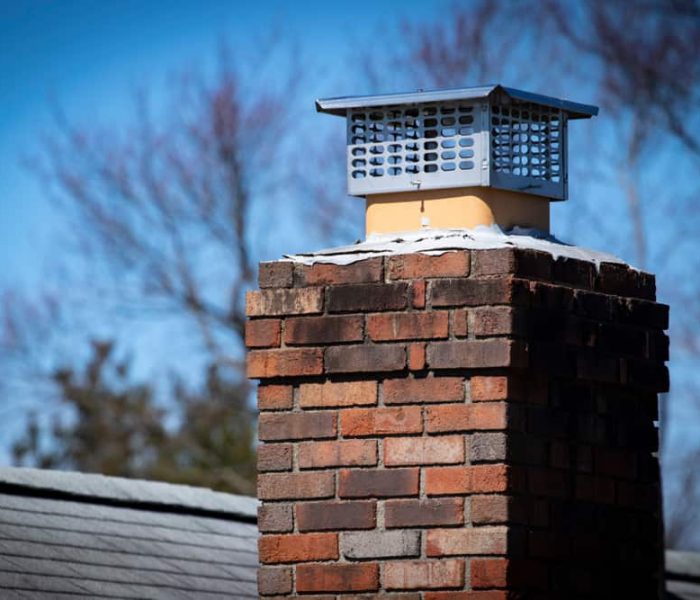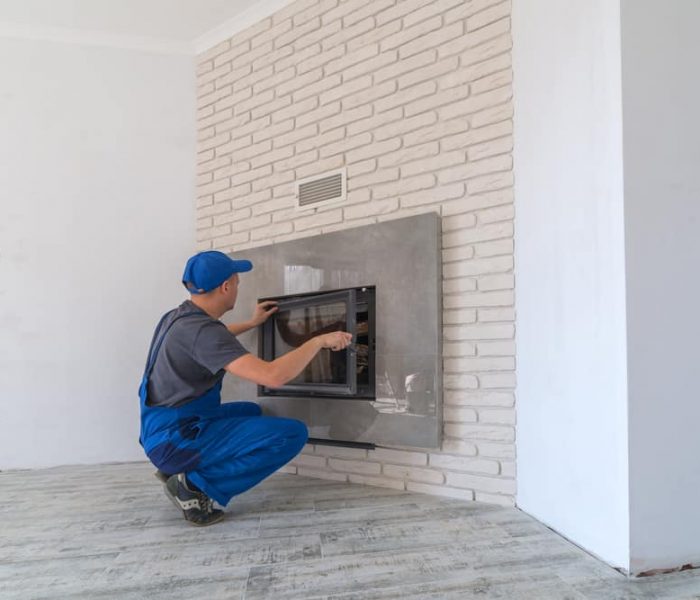It is important to keep your home maintained and your family safe, which is why fireplace cleaning and chimney sweeping in Somerset County, NJ go hand-in-hand. You should clean your Somerset fireplace regularly to prevent dangerous fires and fumes. Contact Apex Air Duct Cleaning & Chimney Services after reading this information so we can assist you in achieving your goals.
Is it Time to Have Your Fireplace Cleaned?
It is possible to tell if it is time for your fireplace to be cleaned or repaired or replaced in several ways. In general, the Chimney Safety Institute of America recommends that you clean your fireplace every year or that someone else cleans it for you as part of national fire protection.
In addition, the CSIA recommends cleaning fireplaces when there is an inch of sooty buildup so that fumes won’t damage your chimney (which should receive regular cleanings) and spread throughout your home. As well, a dirty fireplace can cause creosote to build up in your chimney flue, causing it to catch fire.
You can check for creosote buildup yourself or hire a professional to inspect your house for you if you know how to do it safely. You can read about the CSIA’s other fireplace cleaning recommendations on their website, including which solutions will work best. They have also certified many businesses, such as Apex Air Duct Cleaning & Chimney Services.
In Montgomery, NJ, you may also need a professional for other things related to fireplaces; for instance, maintenance and replacement of certain parts. Panels on the inside of a fireplace may occasionally need to be replaced, as they are an important component. There is a tendency for cracks to appear on the panels or bricks when they need to be replaced.
When you can fit a dime into the cracks in the panels of your fireplace, it’s time to replace them. As an added benefit, think about installing refractory panels, which are heat-resistant and designed to reflect your home’s warmth. As the temperatures in Somerset drop during the winter, this can be a wonderful feature to have.
How to Prevent Your Fireplace from Getting Dirty
There will be a mess in your fireplace eventually; burning coal or wood generates smoke and ash. It’s impossible to avoid this fact. You can, however, prevent creosote from accumulating in the chimney flue and reduce any odors coming from your fireplace.
Your fireplace can produce more creosote if you burn wood that is wet. New wood has more moisture than old wood, which creates more smoke, which in turn creates more creosote.
If you’re looking for wood, make sure it has been dried for at least six months. Artificial wood should never be burned, as it can cause a lot of unnecessary combustion. It’s also important to ensure that your fireplace has proper airflow, but you can also use creosote destroyer powder to help. It can take just a few tablespoons of this to reduce creosote buildup on your fire.
In addition, if your fireplace is emitting unpleasant odors, you can spray some simple solutions in it to help solve the problem. This can prevent further chimney services being needed, a regular chimney cleaning should also be done to protect the life span of your chimney.
Learning More from the Professionals
In this piece, we hope that you have learned some useful information that will help you maintain your fireplace in Montgomery, NJ. If there is still more to learn, don’t hesitate to contact us! Our trade secrets are happy to be shared at Apex Air Duct Cleaning & Chimney Services. Your home will be inspected, cleaned, or replaced by us, and we will teach you how to maintain its safety and comfort.








